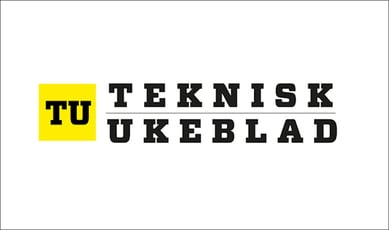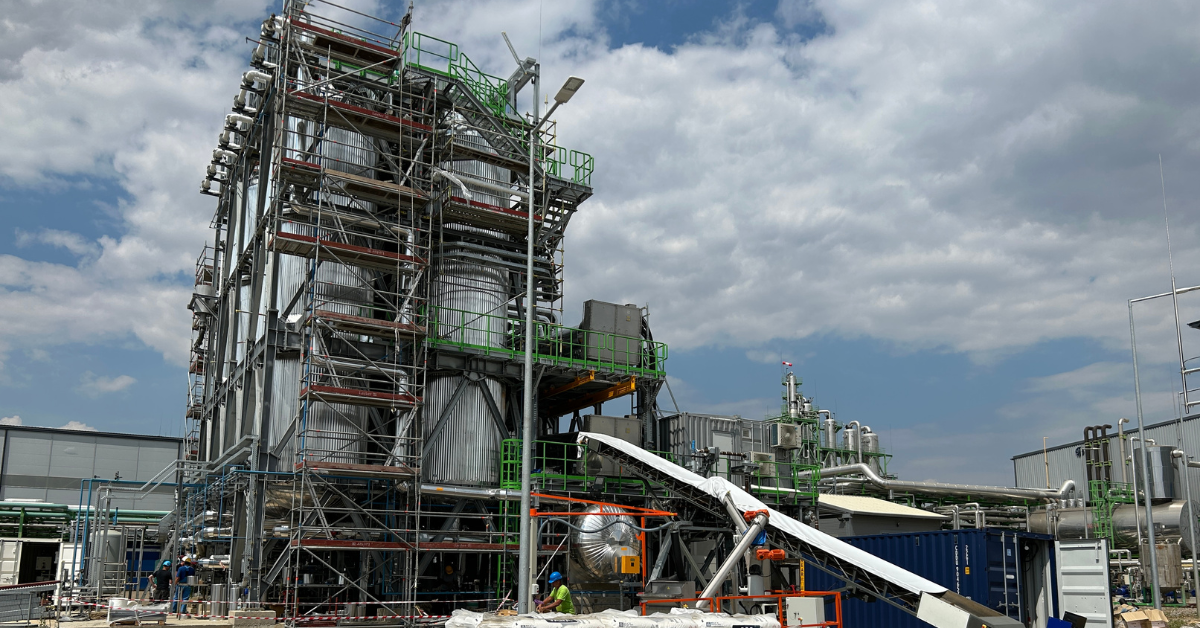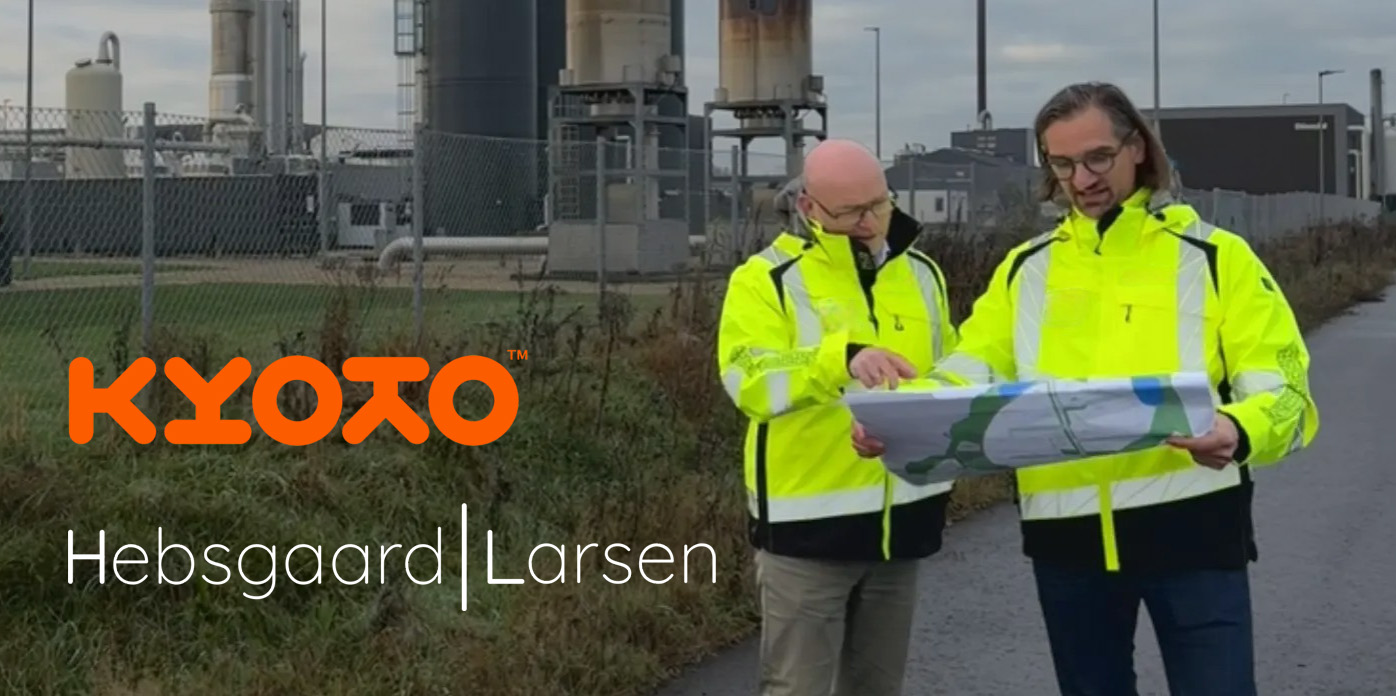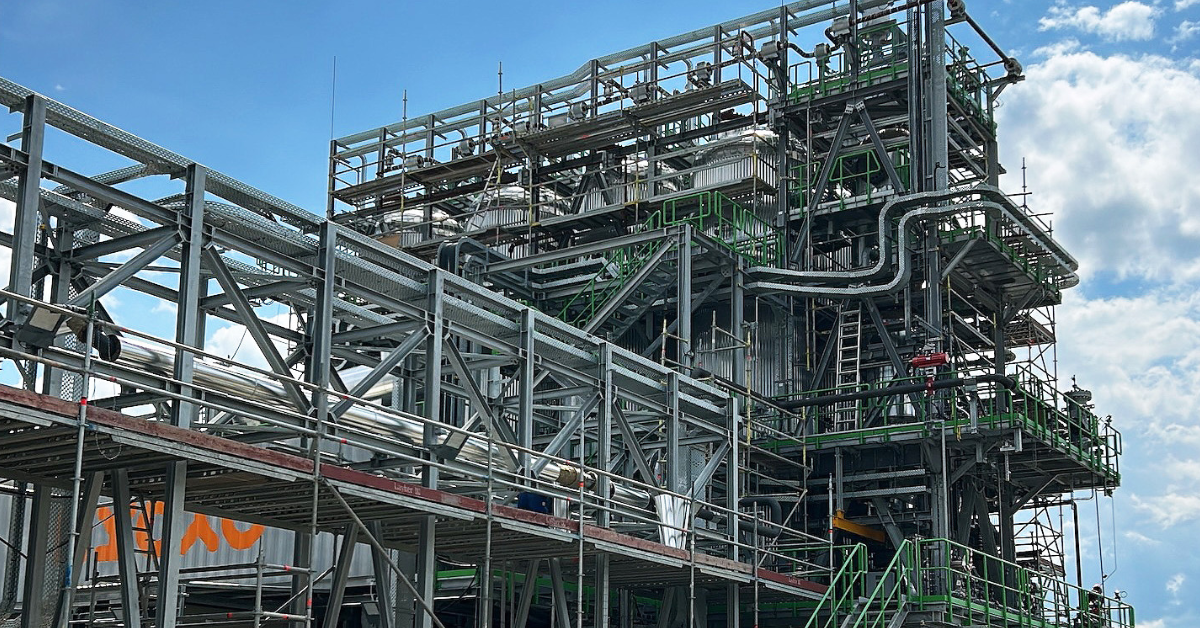
Renewable energy is ready for you
Electrify process heat using Heatcube. The thermal battery with a heart of molten salt.
Live from Heatcube at Norbis park
/01%20Homepage/1.6%20Partners%20logos/Yara@2x.png?width=112&height=112&name=Yara@2x.png)
/01%20Homepage/1.6%20Partners%20logos/RPOW@2x.png?width=112&height=112&name=RPOW@2x.png)
/01%20Homepage/1.6%20Partners%20logos/Aalborg-Forsyning@2x.png?width=112&height=112&name=Aalborg-Forsyning@2x.png)
/01%20Homepage/1.6%20Partners%20logos/AACSP@2x.png?width=112&height=112&name=AACSP@2x.png)

/01%20Homepage/1.6%20Partners%20logos/KTH@2x.png?width=112&height=112&name=KTH@2x.png)
/01%20Homepage/1.6%20Partners%20logos/Vulcanic.jpg?width=112&height=112&name=Vulcanic.jpg)
/01%20Homepage/1.6%20Partners%20logos/Cognite_logo_grey.png?width=112&height=112&name=Cognite_logo_grey.png)
/01%20Homepage/1.6%20Partners%20logos/Energiaborze_logo_grey.png?width=112&height=112&name=Energiaborze_logo_grey.png)
/01%20Homepage/1.6%20Partners%20logos/KALL%20Ingredients_grey.png?width=112&height=112&name=KALL%20Ingredients_grey.png)
/01%20Homepage/1.6%20Partners%20logos/Kyotherm_300.png?width=112&height=112&name=Kyotherm_300.png)
/01%20Homepage/1.6%20Partners%20logos/steinmueller_engineering_company_logo_300.png?width=112&height=112&name=steinmueller_engineering_company_logo_300.png)


HEATCUBE
The new standard in electrifying heat and industrial demand response
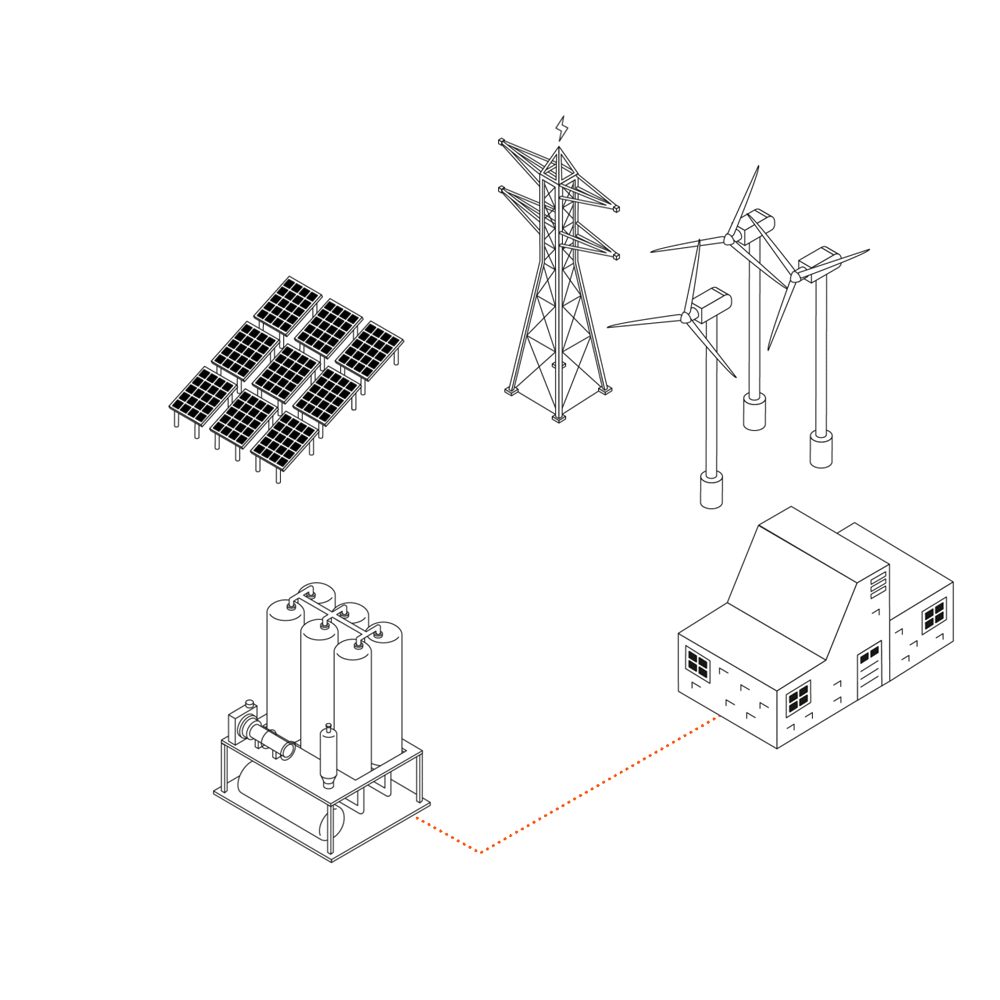
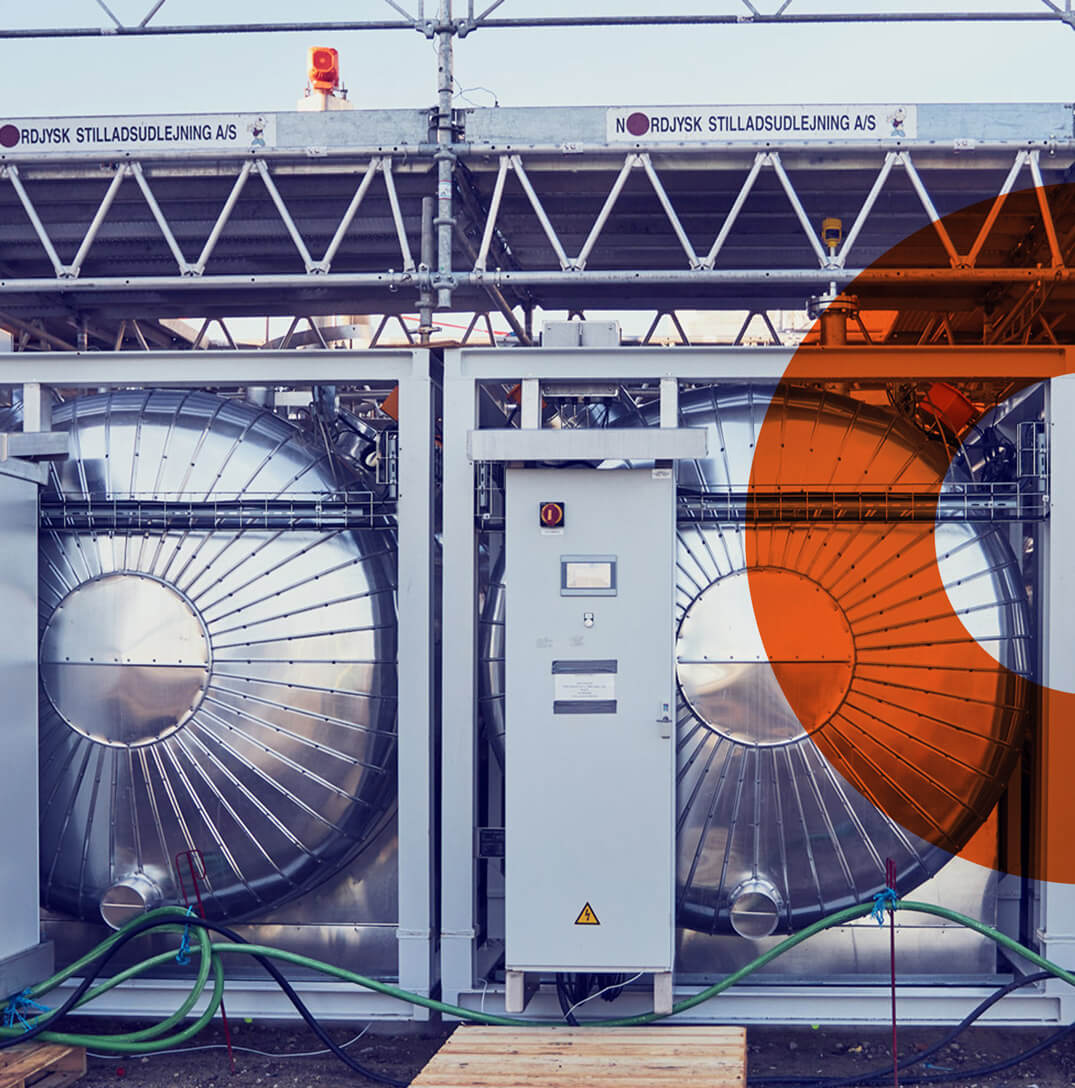
THE SOLUTION
Make it zero
Charge a thermal battery to decarbonize process heat and cut cost.
Off peak electricity is cheap
Charge a thermal battery during off peak hours, and get thermal energy whenever you need. Shield your business from price volatility, CO2 taxes and grid tariffs.
Make the CO2 deadline
A thermal battery is your contribution to prevent global warming, a new license to operate when policy makers want CO2 emission to end, and a secure option for energy delivery.

THE CHALLENGE
We are on a deadline to decarbonize
Heat is a component in producing almost everything we touch.
Process heat must be electrified
Right now, half of global energy demand is used to make heat. This alone contributes to 40% of CO2 emissions. Half of it can be electrified and decarbonized using technology we have today.
We must store renewables
Energy prices are soaring while the sun is shining for free. However, electricity from renewables must be stabilized, stored and without price volatility for industry to opt in.
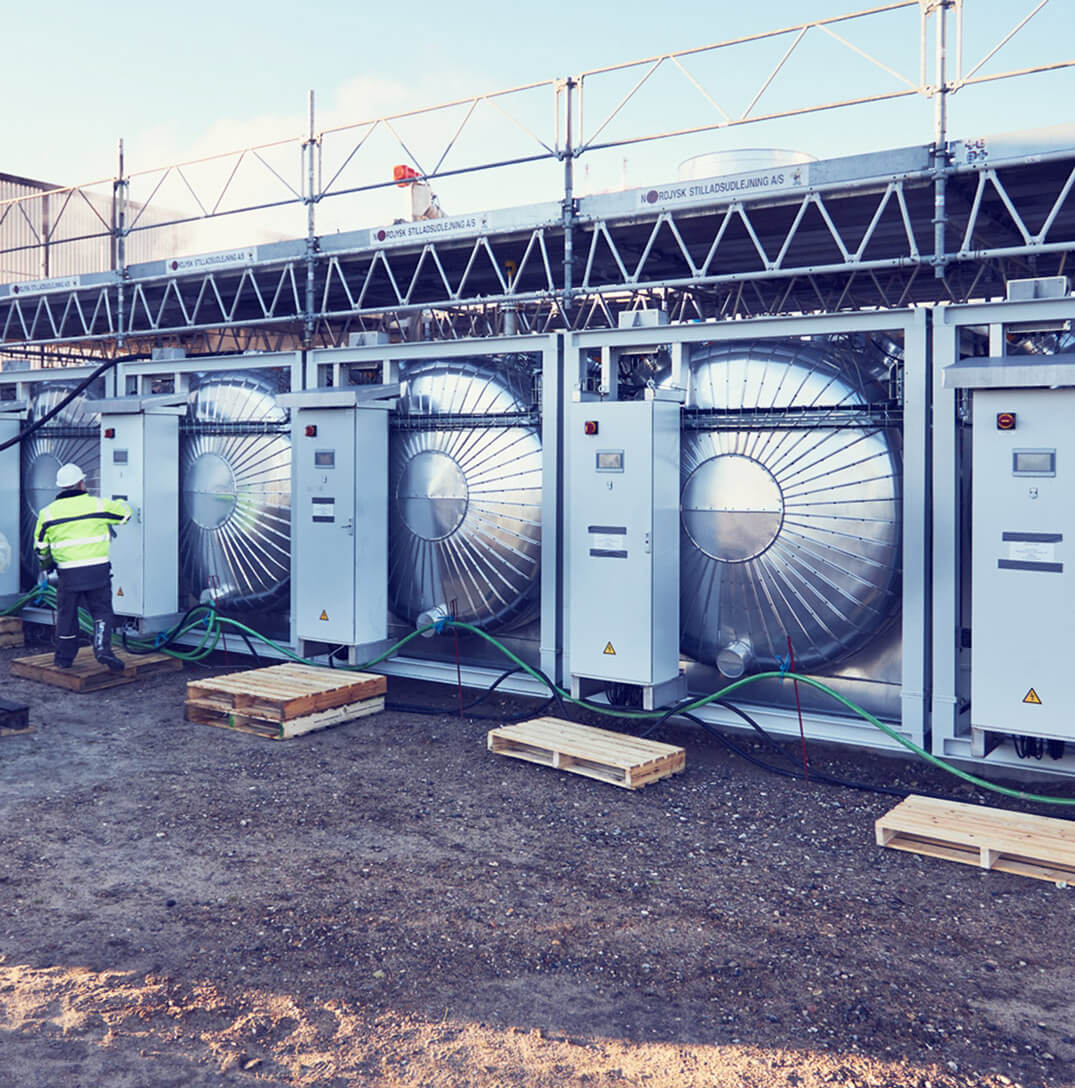
THE TECHNOLOGY
Introducing Heatcube
A thermal battery to solve a thermal problem. Kyoto’s Heatcube replaces oil, gas or diesel burners currently on site, and is charged using electricity.
Plug and play
Heatcube connects to the steam pipe you are already using. Easily installed, easy to connect and scalable to your needs. A secure supply of heat in a plug and play fashion.
Ready to deploy
Thermal batteries have been developed into a mature technology over the last twenty years. As a technology they require no further research and development to be used as renewable energy storage.
Our associated partners
/01%20Homepage/1.7%20Hero%20logos/ldes%20logo%20square%20Optimized.webp?width=200&height=200&name=ldes%20logo%20square%20Optimized.webp)

We are proud members of the UN global compact and directly contribute towards the SDG targets.
7.2 – By 2030, increase substantially the share of renewable energy in the global energy mix.
9.4 - By 2030, upgrade infrastructure and retrofit industries to make them sustainable (…)
Latest news
INDUSTRIES
Who could benefit from Heatcube?
Any industry in need of affordable, sustainable and secure supply of heat.

Food & Beverage
Cooking, preheating, washing and pasteurization are the main areas for heat demand. A big share of energy is also used for refrigeration.

Pharmaceuticals
From sterilization to temperature-controlled logistics, the industry is built on energy-intensive processes that rely heavily on fossil fuels.
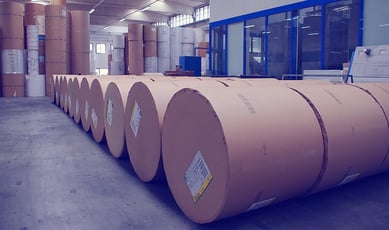
Paper, pulp and print
Heat is used to dry the pulp and heat the calendar rolls. It is also needed for recycled newsprint, specialty papers and packaging.
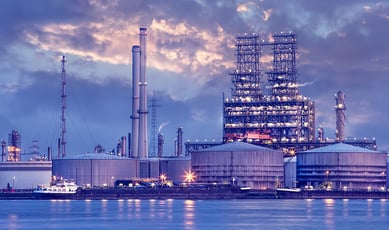
Chemical and petrochemical
Most of the heat is used for ammonia production by steam reforming of natural gas, steam cracking of naphtha and steam cracking of gas oil.
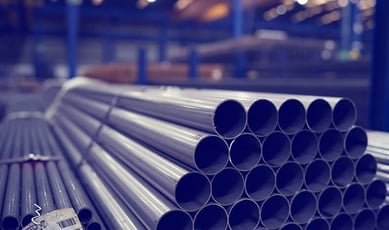
Iron and steel
Steel production requires very high temperatures to heat and melt iron ore. We can save a lot of energy by pre-heating the production parts.
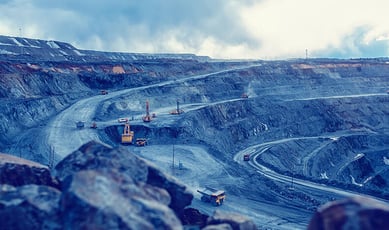
Non-ferrous metals
Heat is used almost entirely in specific electrical processes. It is required mostly in the aluminum, copper and zinc production.
We have created the Heatcube to make the energy mix greener. It uses salt and steam to connect green energy from sun and wind to industrial energy production on a large scale.

PAST EVENT
Sustainable Foods Summit 2025
JUNE 26TH - 27TH, 2025, AMSTERDAM, NETHERLANDS
Kyoto attended the Sustainable Foods Summit 2025.
Our Chief Commercial Officer, Tim de Haas was also speaking during Session 1: Industry Developments on June 26th.

PAST EVENT
Hannover Messe 2025
MARCH 31ST - APRIL 4TH, 2025, HANNOVER, GERMANY
Kyoto was exhibiting at the Energy 4.0 Pavillion at Hannover Messe 2025.
Our Chief Commercial Officer, Tim de Haas was also speaking at the Energy 4.0 Stage on April 2nd.
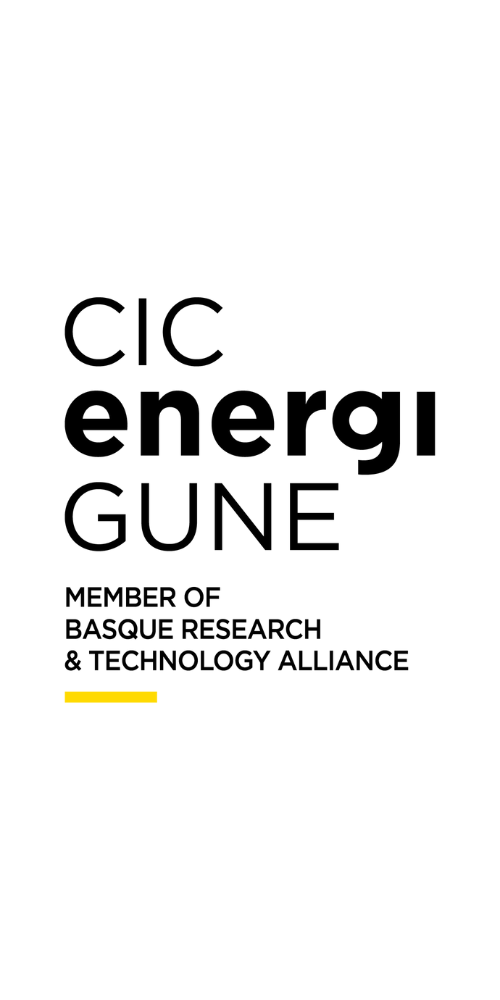
PAST EVENT
Thermal Energy Decarbonization Summit 2025
19-20th FEBRUARY 2025, VITORIA-GASTEIZ, SPAIN
Kyoto's Commercial Director Iberia, Pedro Montoro Sánchez attended TEDS25.
Pedro held a Poster Presentation, which highlighted how to effectively decarbonize industrial process heat.

PAST EVENT
VDW Technical General Meeting 2024
18-19th NOVEMBER 2024, LUFTHANSA, SEEHEIM
Kyoto's Commercial Director Northern Europe Lars Martinussen was a speaker at this year's VDW Technical General Meeting.
Lars conducted a technical presentation where Heatcube technology and its benefits for corrugated board manufacturers was highlighted .
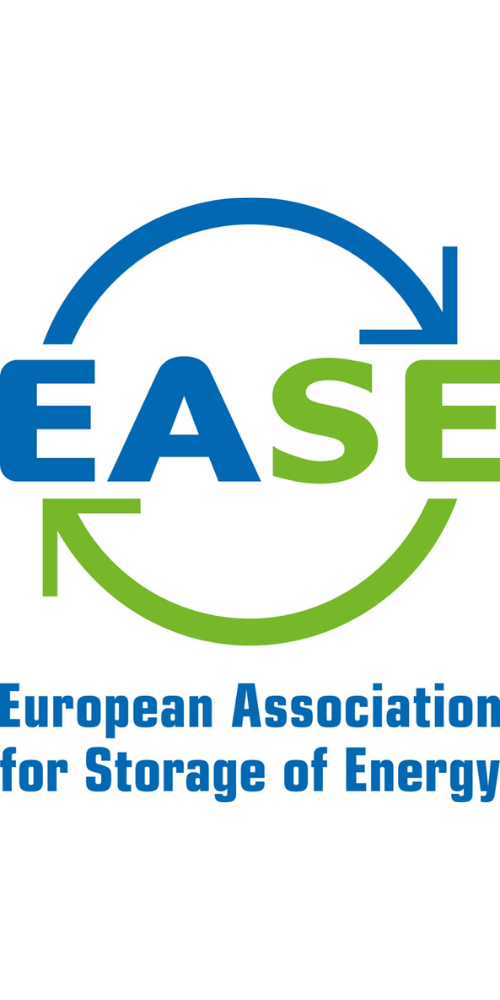
PAST EVENT
Energy Storage Global Conference
16th OCTOBER 2024, HOTEL LE PLAZA, BRUSSELS
Kyoto's Director Market Intelligence Simen Bomnes Valåmo participated in the session: "Energy Storage and Heat-as-a-Service".
This session discussed energy trading, Heat-as-a-Service - business opportunities, revenue streams and what the Industry needs from the energy storage sector.

PAST EVENT
Energy Storage Central Eastern Europe
24th SEPTEMBER 2024, HILTON WARSAW CITY
CCO Tim de Haas will be speaking at the "Hungary: The Business Case" panel, starting at 14:30 pm.
This session looks at the business case and potential of Hungary, who’s government has committed to increasing energy storage capacity to 1GW by 2026. With fresh investment and plans looming, join us for a discussion about the business case for Hungary, and what is upcoming.

UPCOMING EVENT
WindEnergy Hamburg
25th SEPTEMBER 2024, ENERGY TRANSITION STAGE, HAMBURG MESSE AND CONGRESS
CCO Tim de Haas will participate in a debate titled Accelerating industry electrification at WindEnergy Hamburg, starting at 12:30.
This debate will focus on how thermal energy storage (TES) could help solve the issue of high costs in renewable heat generation.
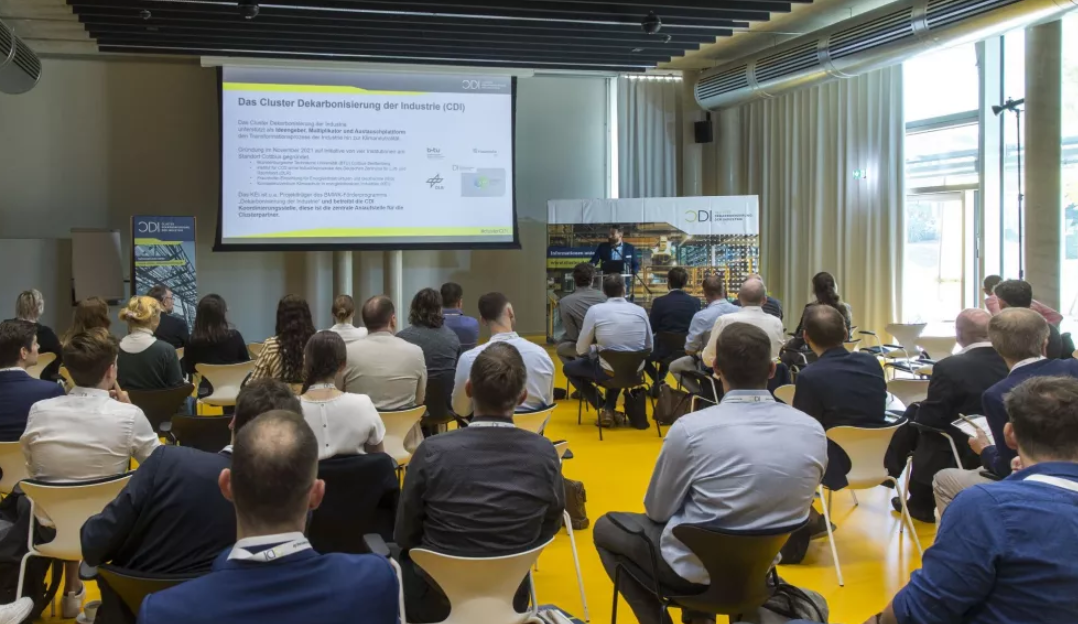
PAST EVENT
CDI Summer Summit 2024
12th SEPTEMBER 2024, SIEMENS ENERGY INNOVATION CAMPUS, GÖRLITZ
Commercial Director for Northern Europe Lars Martinussen participated in the workshop: "Heat storage - range of technologies and their potential".
This interactive workshop explored the range of technology within high-temperature heat storage and assess the potential of the solutions for the provision of CO2-neutral process heat for specific applications.

PAST EVENT
How do we secure better access to financing for green SMEs in Norway? - Arendalsuka 2024
14th AUGUST 2024, SYMPOSIUM RESTAURANT, ARENDAL
CEO Kyoto Group Camilla Nilsson participated in a debate at Arendalsuka, hosted by NEFCO, starting at 16:00.
This debate focused on the importance of the development of green technology, how it is crucial for the green transition, but also for Norwegian innovation and export. Green SMEs play a significant role in this, but they find it difficult to attract funding as they often have a higher financial risk profile.

PAST EVENT
Why Norway’s renewable energy boom is happening everywhere but here - Arendalsuka 2024
13th AUGUST 2024, SMALSUND, ARENDAL
Kyoto hosted an event at Arendalsuka 2024, at 15:30.
At this event we will held a debate on why Norway’s green tech companies are flourishing primarily abroad. Why is domestic growth stagnant? With guest speakers, this panel unravelled the paradox of Norway’s clean tech sector thriving globally while facing hurdles at home.

PAST EVENT
Is old energy Norway blocking new energy innovations? - Arendalsuka 2024
13th AUGUST 2024, SMALSUND, ARENDAL
Kyoto participated in this debate at Arendalsuka, hosted by Coupler AS, starting at 14:00.
This debate examined the constraints of current energy systems and the potential for new technologies to make Norway more self-sufficient in renewable power production.

PAST EVENT
Ukrainian Energy Transition Forum 2024
31st MAY 2024
Kyoto's CCO Tim de Haas attended the 2nd annual Ukrainian Energy Transition Forum in London.
He took part in the Session 2 "Rebuilding And Modernising Ukraine’s Energy Infrastructure Using The Latest Global Technologies" at 11:30.

PAST EVENT
Future CleanTech Festival 2024
28-29th MAY 2024
Future CleanTech Festival took place in Remscheid, Germany, for two days!
Kyoto's CTO Bjarke Buchbjerg joined the discussions in 'The Future Energy Systems' chapter to address how we can produce electricity more flexibly in a session co-organized with IRENA, as well as “How to Store Energy? – Requirements, Solutions and Barriers to Scale Seasonal Storage”, together with the European Innovation Council.

PAST EVENT
Innovation Zero 2024
30th APRIL 2024
Kyoto CEO Camilla Nilsson went to London for Innovation Zero conference.
She took part in a panel and spoke during the Industrial Forum "Reducing process and operational emissions" on April 30th at 15:40.

PAST EVENT
2023 Annual Report & Business Update
25th APRIL 2024
Kyoto Group released it's 2023 financial results on Thursday, April 25th at 07:00 CEST, alongside a business update at 11:00 CEST.
Kyoto leadership team presented the latest business, technology and commercial updates and hosted a Q&A session.
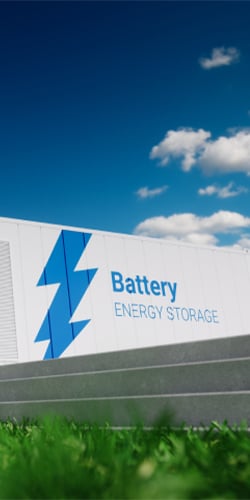
PAST EVENT
IMechE: Battery Energy Storage Seminar 2024
24th APRIL 2024, MANCHESTER
One of the biggest hurdles for energy storage solutions is large scale implementation. While many projects exist on a smaller scale, the crucial factor lies in investment and commercialisation.
IMechE event aims to engage with engineers that are delivering the projects in response to the government's plans.
Kyoto CTO Bjarke Buchbjerg will be a speaker during this event. He will present "Heatcube: the missing piece in the industrial decarbonisation" on April 24th at 15:25.

PAST EVENT
Energy Tech Summit 2024
10-11th APRIL 2024, BILBAO
The Energy Tech Summit went to Bilbao. Europe’s premier climate tech event, now with a sharper focus on enabling resources for the clean energy transition.
Kyoto Director, Market Intelligence Simen Bomnes Valåmo was a speaker during this event.

PAST EVENT
WindEurope Annual Event
20th & 21st MARCH 2024, BILBAO
WindEurope's annual event is the premier gathering for wind energy professionals globally, set to take place in Bilbao, Spain. Over three action-packed days, join more than 12,000 attendees in exploring the latest developments and the future landscape of European wind energy.
Camilla Nilsson will join two sessions: 'Industrial heating electrification: a real opportunity for Europe decarbonisation' on March 20th at 11:30 CET and "Electrifying transport, heating and industry with wind" on March 21st at 11:30 CET.

PAST EVENT
THINGS 9 Year Anniversary: Executive Summit™
13th MARCH 2024, STOCKHOLM
Camilla Nilsson will present "The thermal battery with a heart of molten salt," showcasing how Kyoto Group's pioneering energy storage solutions are critical for a sustainable future at the THINGS Executive Summit™.
She will present one of the nine real-life cases with the sharpest deeptech Members and their customers on Wednesday, March 13th, at 13:00 CET.

PAST EVENT
Pareto Securities' 26th annual Power & Renewable Energy Conference
18th JANUARY 2024, OSLO
Pareto Securities organized its Power & Renewable Energy Conference for the 26th time!
Kyoto was among the 60 presenting companies at the conference this year. Our CEO Camilla Nilsson had a presentation about Kyoto at 13:45 CET in room Skagerak.

PAST EVENT
World Economic Forum Annual Meeting 2024
17th JANUARY 2024, DAVOS
Kyoto participated in the World Economic Forum Annual Meeting in Davos, on January 17th, 2024. We have been invited to contribute our expertise in a panel discussion on "Trustworthy Generative AI for the Industry." This panel was a key part of the World Economic Forum’s influential Affiliate Program.
Our CEO Camilla Nilsson took part in a panel discussion together with representatives from Cognite, Aker BP and Cosmo Energy Holdings.
.jpeg)
PAST EVENT
Capital Markets Day 2023
28. NOVEMBER, MUNCH, OSLO
Heatcube: Redefining the Energy landscape.
Kyoto Group held its Capital Markets Day on Tuesday, November 28, 2023 at 12:00 CET. TV2 Magnus Brøyn was showcasing the revolutionary Heatcube Thermal Energy Storage solution. The participants could expect engaging talks and presentations from Kyoto's leadership team and more.
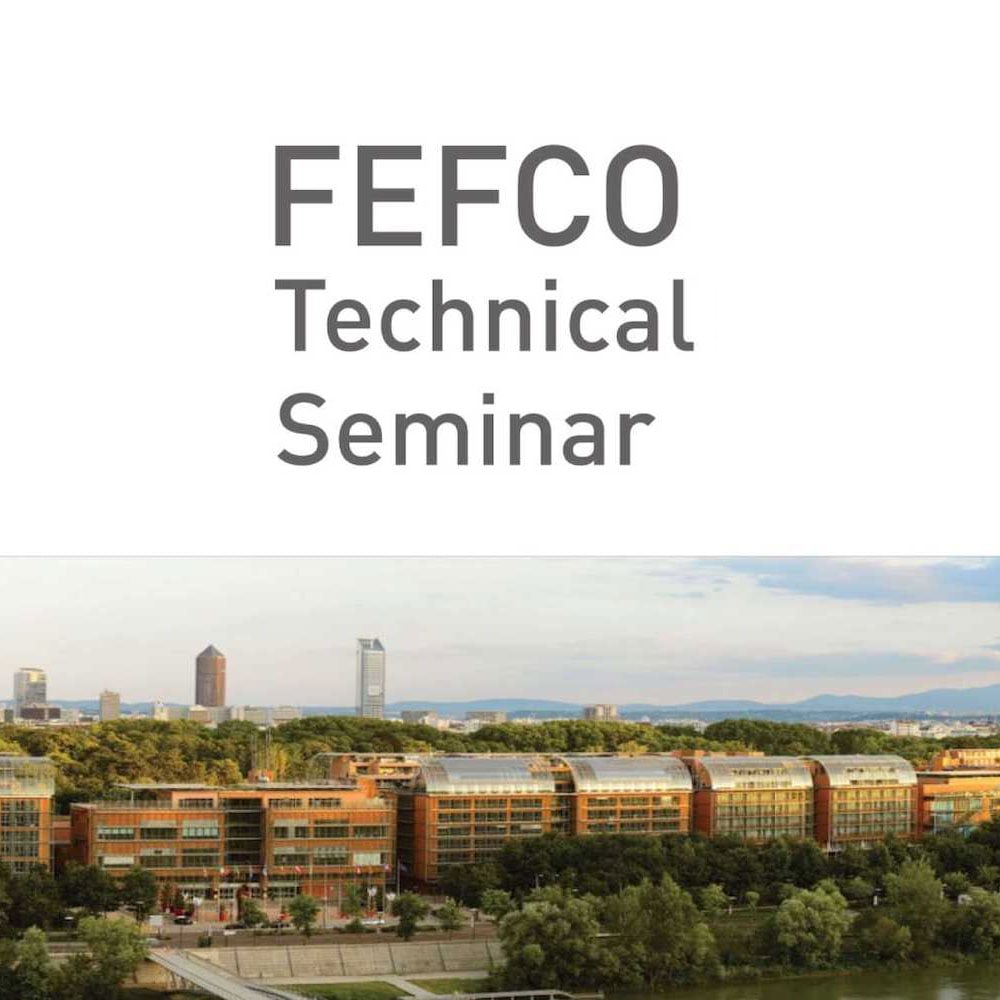
PAST EVENT
FEFCO Technical Seminar 2023
Wednesday, 25th of October at 14:30 pm
Lyon, France
Kyoto invited you to the FEFCO Technical Seminar in Lyon, a conference and trade show for the European Corrugated Industry.
Dr. Silvia Trevisan from KTH Stockholm, who is working on a project developing the Kyoto Heatcube battery, and Kyoto's CCO Tim de Haas held a presentation "Heating the Way Forward: Empowering Net-Zero Heat Generation with Thermal Energy Storage", on Wednesday, October 25, at 14:30 pm. Kyoto's Lars Martinussen was also the Spotlight Presenter on Wednesday, October 25, during Spotlight Session 1 between 11:00 am - 12:00 pm.

PAST EVENT
Energy Storage Global Conference 2023
Thursday, 12th of October 11:35 am
Brussels, Belgium
Kyoto participated in the Energy Storage Global Conference (ESGC) 2023, organized by EASE.
Kyoto's CTO Bjarke Buchbjerg was speaking at "Energy Storage and Industry Decarbonisation", which took place on Thursday, October 12, from 11:35 am to 12:45 pm. Bjarke's presentation took about 10 minutes. He also participated in the panel and Q&A at the end of the session.

PAST EVENT
Building Bridges 2023
Wednesday, 4th of October 13:30,
Geneva, Switzerland
Thank you for joining us at the Building Bridges event, a platform dedicated to promoting sustainable finance in Switzerland and globally.
Kyoto's CEO, Camilla Nilsson, was participating as a panelist in "Electrification: the Greatest Opportunity in Capitalism’s History?", which took place on Wednesday, 4th of October, from 13:30 to 14:30.

PAST EVENT
vgbe Congress 2023
Thursday, 21st of September at 11:40 am - 12:00 pm
Berlin, Germany
Step into the future of renewable energy at the vgbe Congress 2023.
Kyoto's Commercial Director Northern Europe Lars Martinussen took the stage and presented an insightful talk on "Heating the Way Forward: Empowering Net-Zero Heat Generation with Thermal Energy Storage".
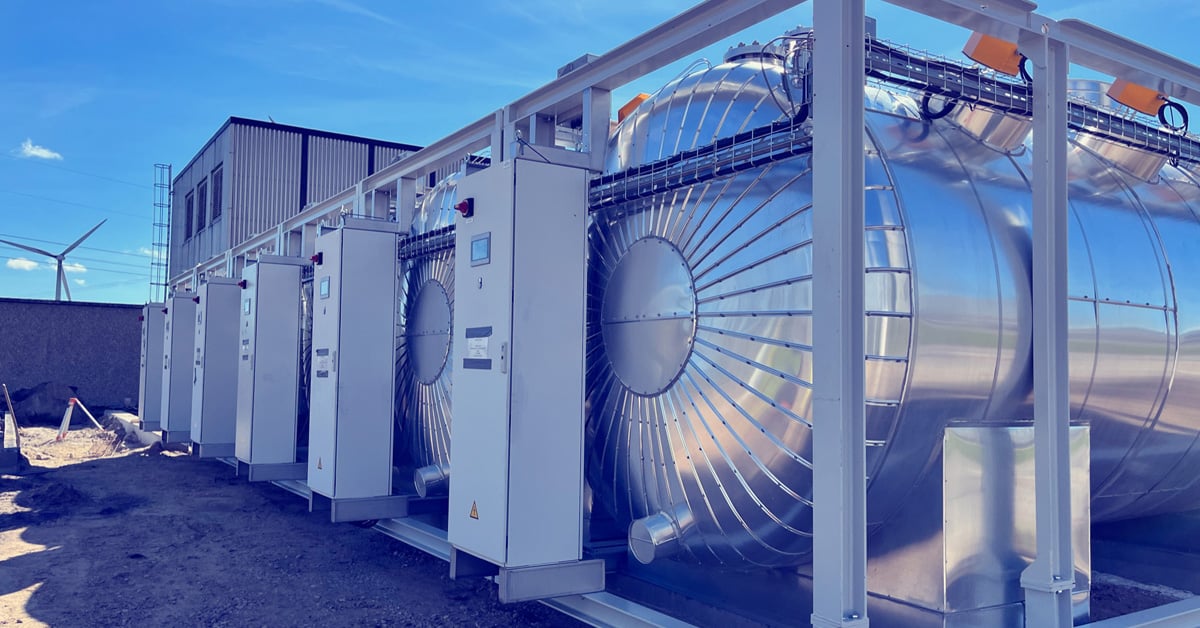
PAST EVENT
Norbis Park Heatcube Inauguration
Tuesday, 5th of September at 12:00 pm CEST
Live stream
On the 5th of September at 12:00 we hosted the official inauguration of Heatcube at Norbis Park (formerly Nordjyllandsværket). Experience the groundbreaking technology of Kyoto's state-of-the-art Heatcube system as it leads the way in revolutionizing industrial decarbonization.
This online exclusive event marked a key moment in our journey towards a sustainable future.
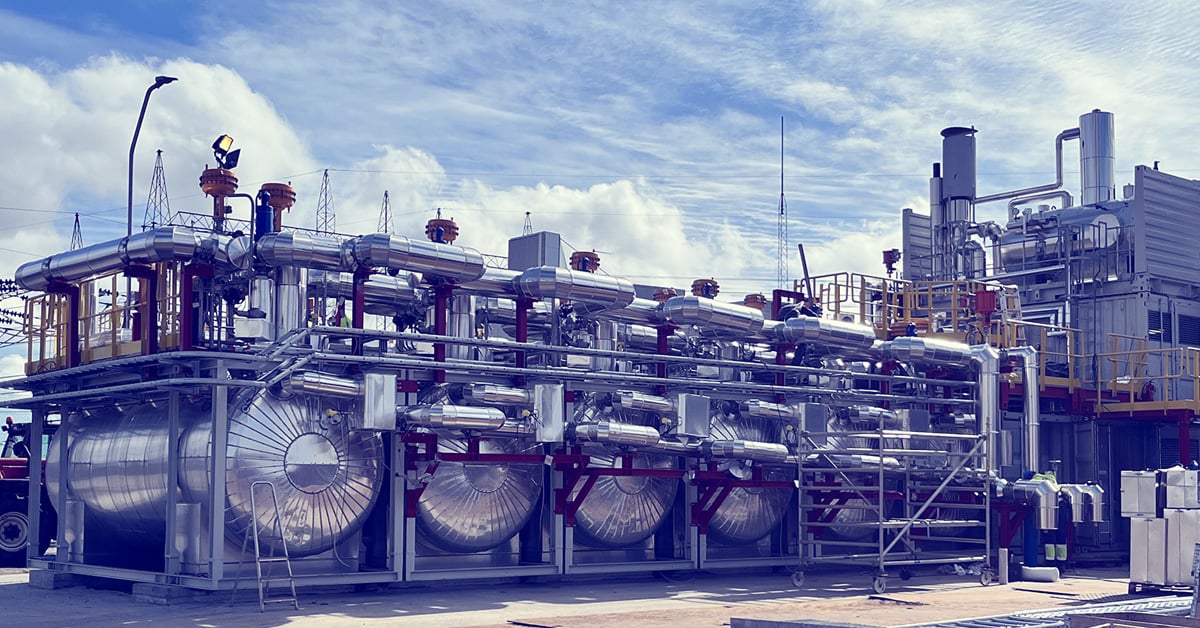
PAST EVENT
KYOTO GROUP: LIVE BUSINESS UPDATE
Thursday, 24th of August at 10:00 am CEST
Live stream
Kyoto Group released its first half 2023 financial results, alongside a fresh business update, on Thursday, August 24, 2023 at 07:00 am CEST.
Kyoto management presentes live the Kyoto Business update at 10:00 am CEST.
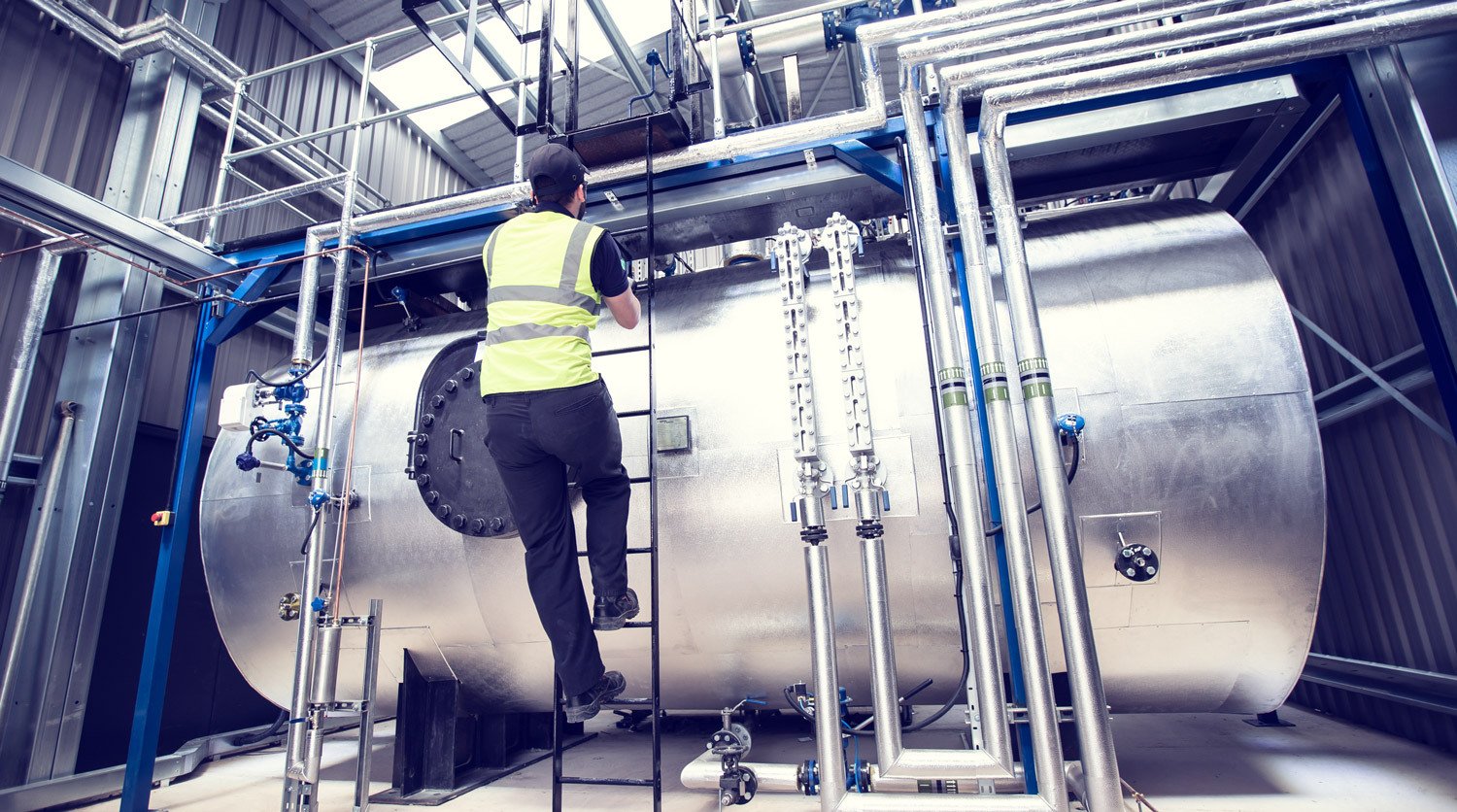
PAST EVENT
Briefing on the strategic alliance with Iberdrola and Spirax-Sarco
Tuesday, 27th of June at 14:30 pm
CEO Camilla Nilsson, CFO Håvard Haukdal and CTO Bjarke Buchbjerg will present live at 14:00 CEST.
Kyoto Group invites investors, analysts and media to join the live webcast presentation.
See the livestream here

PAST EVENT
VNP Fiber Future Festival 2023
Wednesday, 7th of June at 10:30 am - 5:30 pm
Barneveld, the Netherlands
Fascinating stories, inspiring workshops and a large portion of fun: the VNP Fiber Future Festival 2023 will be a journey through the world of sustainability and the energy supply of the future."
Lars Martinussen and Andre Svanes, from Kyoto Group, will take you into the world of 'Heatcube': a solution for thermal energy storage. Heatcube plays a leading role in the continuous supply of heat generated from renewable energy.
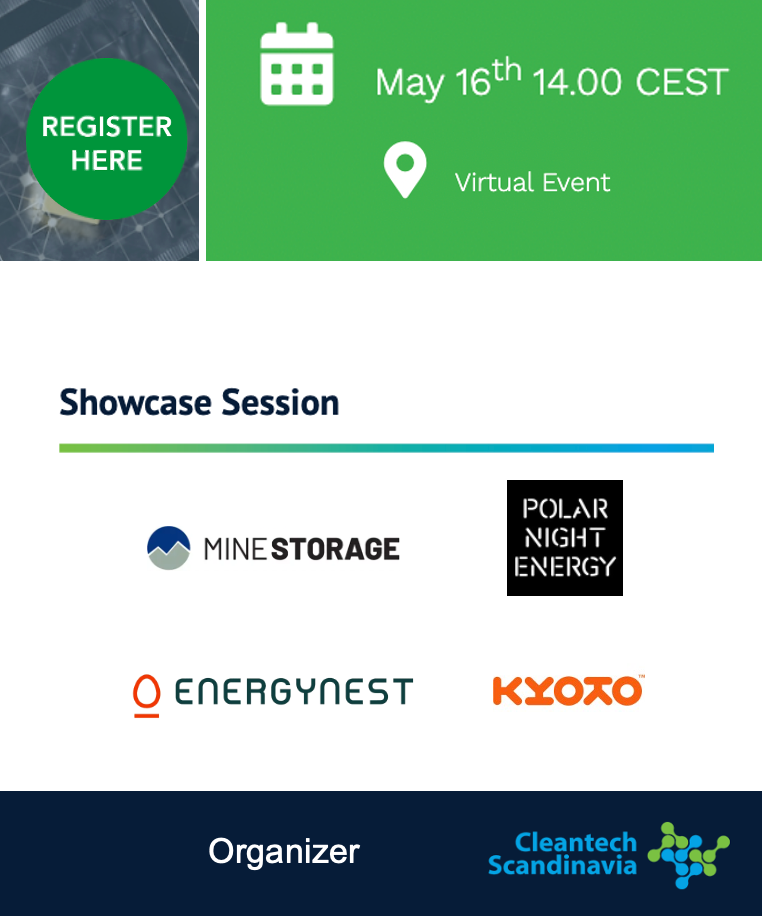
PAST EVENT
Cleantech Dealflow Webseries: LDES
Tuesday, 16th of May at 2:00 pm
Online
In this webseries Cleantech Scandinavia brings keynote speakers representing leading companies in the energy and utilities sector to share why they believe LDES is a strategic area for our future in order to achieve climate targets."
This session will also include the Executive Director of the LDES Council, who will share the landscape of the sector and moderate the panel discussion with the keynote speakers.
Following the keynote session there will be a showcase of 4 Nordic companies working in LDES solutions including Kyoto Group's CEO Camilla Nilsson.

KYOTO NEWS
Kyoto Group joins The United Nations Global Compact
Kyoto Group CEO Camilla Nilsson explained,"One of the key areas of focus for the UN Global Compact is climate action, which aims to reduce greenhouse gas emissions and combat climate change. Thermal storage will have a significant impact on this goal by enabling the use of renewable energy sources, such as solar or wind power, which are intermittent in nature."
Kyoto Group can play a vital role in helping businesses to achieve their sustainability goals and contribute to the UN Global Compact's efforts to promote sustainable and responsible business practices. Therefore, SDG #7, Affordable and Clean Energy, and SDG #9, Industry, Innovation and Infrastructure, are of the utmost importance and will be Kyoto’s primary focus.
Read more on our sustainability news
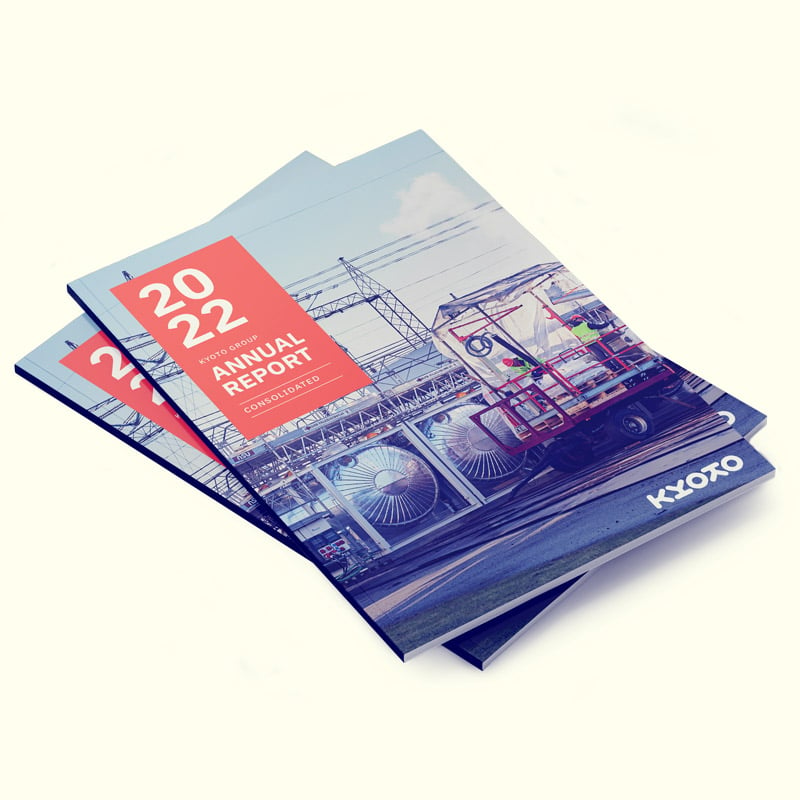
PAST EVENT
Live Business Update
24. APRIL
Kyoto Group released the 2022 financial results alongside a fresh business updates on Monday, April 24, 2023.
CEO Camilla Nilsson, CCO Tim de Haas and CFO Håvard Haukdal presented live the Kyoto Business update.
Catch-up on the recording and Annual Report

PAST EVENT
SHE Conference 2023
19. APRIL, OSLO SPEKTRUM
Kyoto Group CEO Camilla Nilsson spoke at the SHE Conference.
Camilla Nilsson was a speaker during the "#ENERGY# Fuelling the Clean Transition, Green and Diverse - Goals, Barriers, the Hacks" session at 3:30 pm on the OCEAN & ENERGY stage.
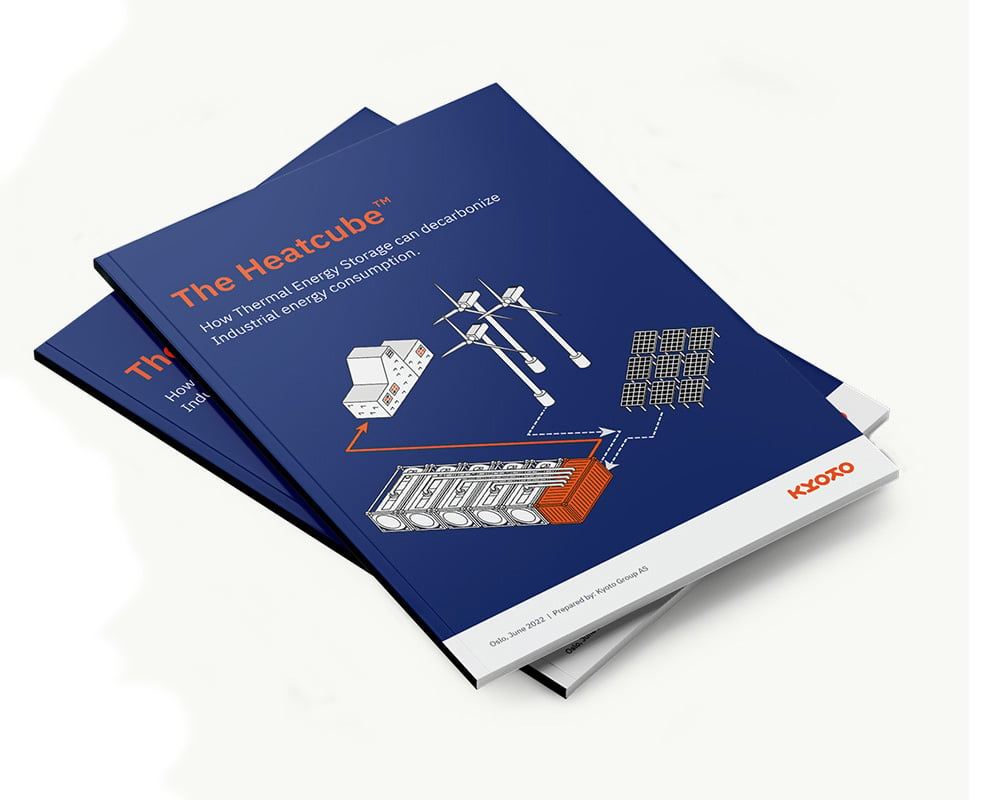
The Heatcube Whitepaper
The world is on fire. Every day we use energy to heat things, in order to make things.
Read the research by Dr. Silvia Trevisan from the KTH Royal Institute of Stockholm about how to decarbonize process heat.
Download the Heatcube Whitepaper

PAST EVENT
LDES Council NET-ZERO HEAT REPORT LAUNCH AT COP27
9. NOVEMBER, SHARM EL-SHEIKH
Join LDES for the report launch and panel discussion with LDES Council members including Kyoto. 9th of November, 16:00 EET (GMT+2).


PAST EVENT
Capital Markets Day 2022
27. OCTOBER, KLIMAHUSET, OSLO
Market breakthrough with proven technology...
Kyoto Group held its Capital Markets Day on Thursday, October 27, 2022 at 02:00 pm CEST. We launched Heatcube 2.0 generation, heard to two special guest speakers and updates from the management.
Register to get the recording and the presentations:
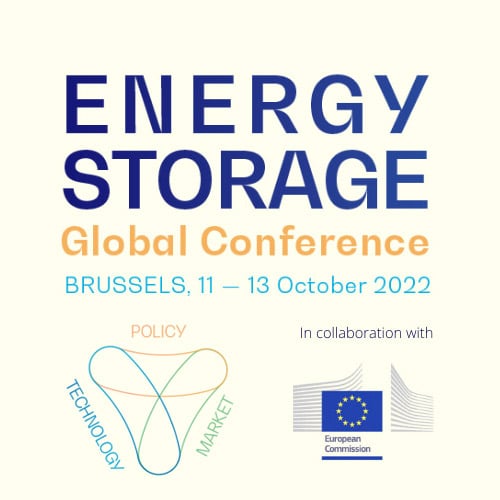
PAST EVENT
Energy Storage Global Conference 2022
11.-13. OCTOBER, BRUSSELS
Kyoto Group CEO Camilla Nilsson will be a speaker during the "Transformation and Evolution of Existing Infrastructure for Renewables and Storage" session on Day 3 of the event - 13th October at 3:10 pm.
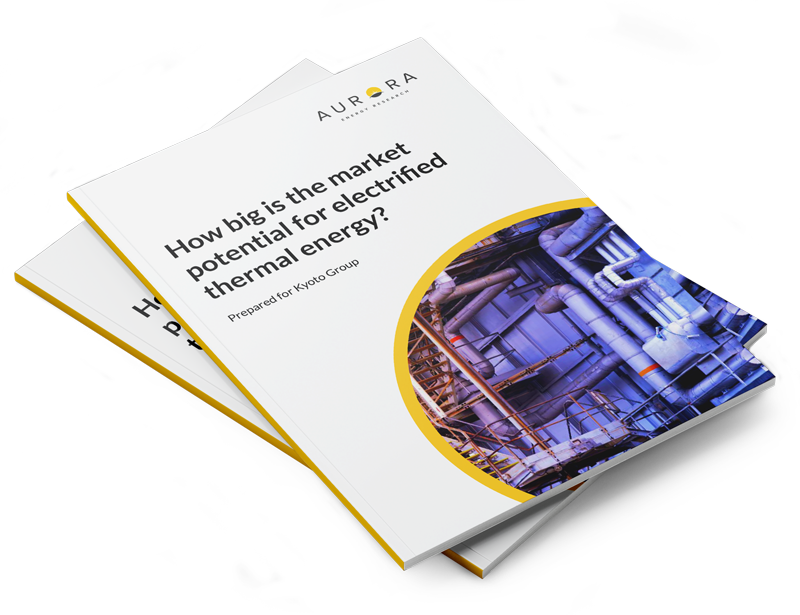
Report by Aurora Energy Research
Heat accounts for almost half of global final energy consumption and contributes about 40% of global carbon dioxide emissions.
Read the research by Aurora Energy Research, commisioned by Kyoto Group, on the market potential for electrified thermal energy.
Download the Aurora Energy Research Report
FEATURES IN PUBLICATIONS
Kyoto in the news


